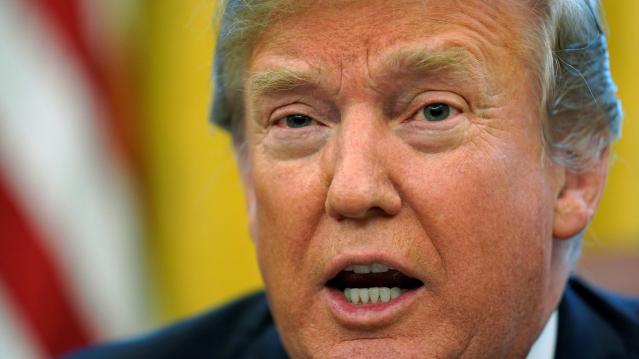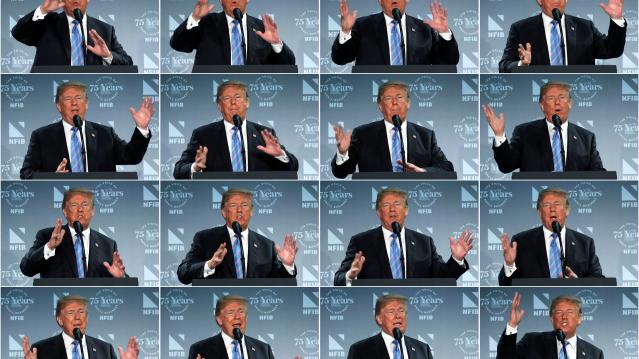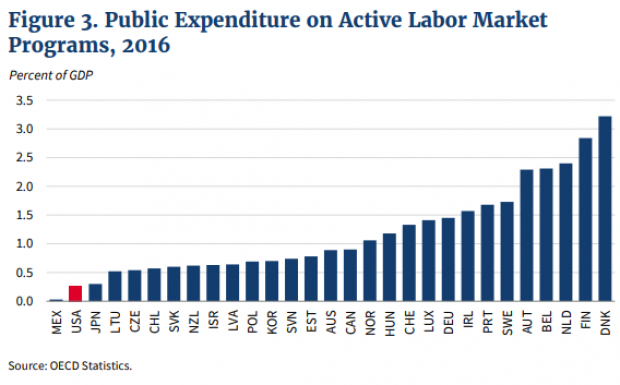North Dakota Police Can Now Legally Use Taser Drones

It’s a classic case of unintended consequences. A Republican lawmaker in North Dakota put forth legislation meant to prevent law enforcement officials from using unmanned aerial vehicles to conduct surveillance on private property without a warrant. It was transformed by fellow lawmakers into a bill allowing the police to mount Tasers, pepper spray, sound cannons and other “less-than-lethal” weapons on flying drones.
The legislation, House Bill 1328, was passed and signed into law earlier this year, but got little attention until this week, when a Daily Beast report pointed out the implications of the legislation: Law enforcement officers many miles away from suspects could have the authority to stun or otherwise incapacitate them.
Related: Ben Carson’s Idea for Controlling the Border – Military Drone Attacks
To be clear, the fact that something like this is technically legal doesn’t mean that state and local police departments will necessarily embrace the practice of remotely subduing suspects. Police officers are generally subject to local and departmental rules that can substantially limit what tactics are allowed.
The original version of the bill included language that would have barred law enforcement from mounting weapons of any kind on a drone: “A state agency may not authorize the use of, including granting a permit to use, an unmanned aircraft armed with any lethal or nonlethal weapons, including firearms, pepper spray, bean bag guns, mace, and sound-based weapons,” it said.
Supporters of the state’s police union introduced an amendment to the bill that would allow less-than-lethal weapons to be mounted on drones, according to the Daily Beast’s Justin Glawe. The amended bill was ultimately passed and signed into law.
Related: Europe Faces Up to Flight Safety Threat Posed by Drones
State Rep. Rick Becker this spring voiced his dismay at the changes to the bill in a public hearing, saying, “In my opinion there should be a nice, red line: Drones should not be weaponized. Period.”
Drones have, of course, been weaponized for years — the strikes just haven’t been in the U.S. If North Dakota is taking the lead, however, that might be about to change.
Top Reads from The Fiscal Times
- Trump Turns a Covetous Eye Toward Evangelical Voters
- Are Immigrants Really Taking American Jobs?
- Why the New Debt Ceiling Deadline Could Be Crucial
Stat of the Day: 0.2%

The New York Times’ Jim Tankersley tweets: “In order to raise enough revenue to start paying down the debt, Trump would need tariffs to be ~4% of GDP. They're currently 0.2%.”
Read Tankersley’s full breakdown of why tariffs won’t come close to eliminating the deficit or paying down the national debt here.
Number of the Day: 44%

The “short-term” health plans the Trump administration is promoting as low-cost alternatives to Obamacare aren’t bound by the Affordable Care Act’s requirement to spend a substantial majority of their premium revenues on medical care. UnitedHealth is the largest seller of short-term plans, according to Axios, which provided this interesting detail on just how profitable this type of insurance can be: “United’s short-term plans paid out 44% of their premium revenues last year for medical care. ACA plans have to pay out at least 80%.”
Number of the Day: 4,229

The Washington Post’s Fact Checkers on Wednesday updated their database of false and misleading claims made by President Trump: “As of day 558, he’s made 4,229 Trumpian claims — an increase of 978 in just two months.”
The tally, which works out to an average of almost 7.6 false or misleading claims a day, includes 432 problematics statements on trade and 336 claims on taxes. “Eighty-eight times, he has made the false assertion that he passed the biggest tax cut in U.S. history,” the Post says.
Number of the Day: $3 Billion

A new analysis by the Department of Health and Human Services finds that Medicare’s prescription drug program could have saved almost $3 billion in 2016 if pharmacies dispensed generic drugs instead of their brand-name counterparts, Axios reports. “But the savings total is inflated a bit, which HHS admits, because it doesn’t include rebates that brand-name drug makers give to [pharmacy benefit managers] and health plans — and PBMs are known to play games with generic drugs to juice their profits.”
Chart of the Day: Public Spending on Job Programs

President Trump announced on Thursday the creation of a National Council for the American Worker, charged with developing “a national strategy for training and retraining workers for high-demand industries,” his daughter Ivanka wrote in The Wall Street Journal. A report from the president’s National Council on Economic Advisers earlier this week made it clear that the U.S. currently spends less public money on job programs than many other developed countries.

